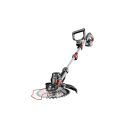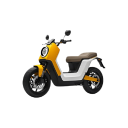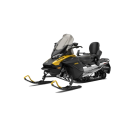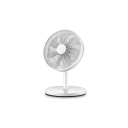-
8
-
2025-07-25 17:14:02
Definition of Starter Motor
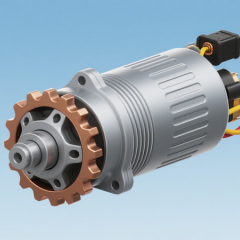
A starter motor or starting motor, or cranking motor, is a direct current motor that cranks the engine for starting. Cranking the engine means rotating the crankshaft by applying torque on it so that the piston may get reciprocating motion.
The starting motor is mounted on the engine flywheel housing. It is a series wound and is made to run at low voltages with high currents. It must be able to exert a very high torque when starting and at low speeds.
The armature and fields are constructed of thick wire to reduce resistance and allow them to carry large currents without overheating. The faster it runs, the less current it draws. The slower it runs, the more torque it develops.
A motor used in passenger cars draws about 60 amperes when running at no load and about 600 amperes when cracking the engine slowly. This supply is only required for a short period of time.
On passenger cars, the starting motor voltage is typically 12 volts. Compression ignition engines may use 12 volts on starting motor to provide the power to rotate the crankshaft, especially in cold conditions. The torque produced is 1 to 2 kg/m.
click 8Reply 0
Original post
07-25 17:14





